Now visible state-to-state are the unseen writers’ of TV and Film on strike.
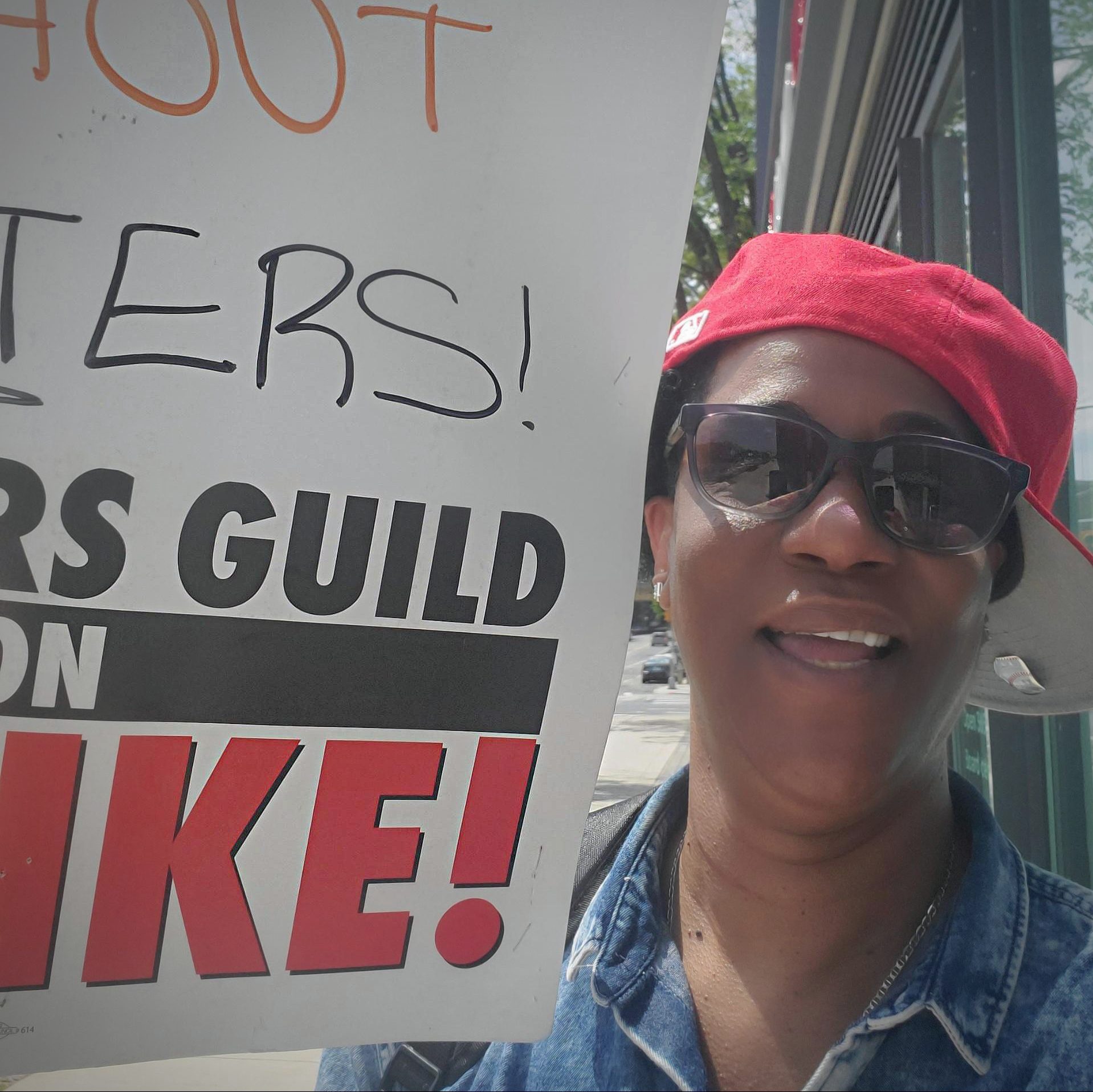

Now visible state-to-state are the unseen writers’ of TV and Film on strike.
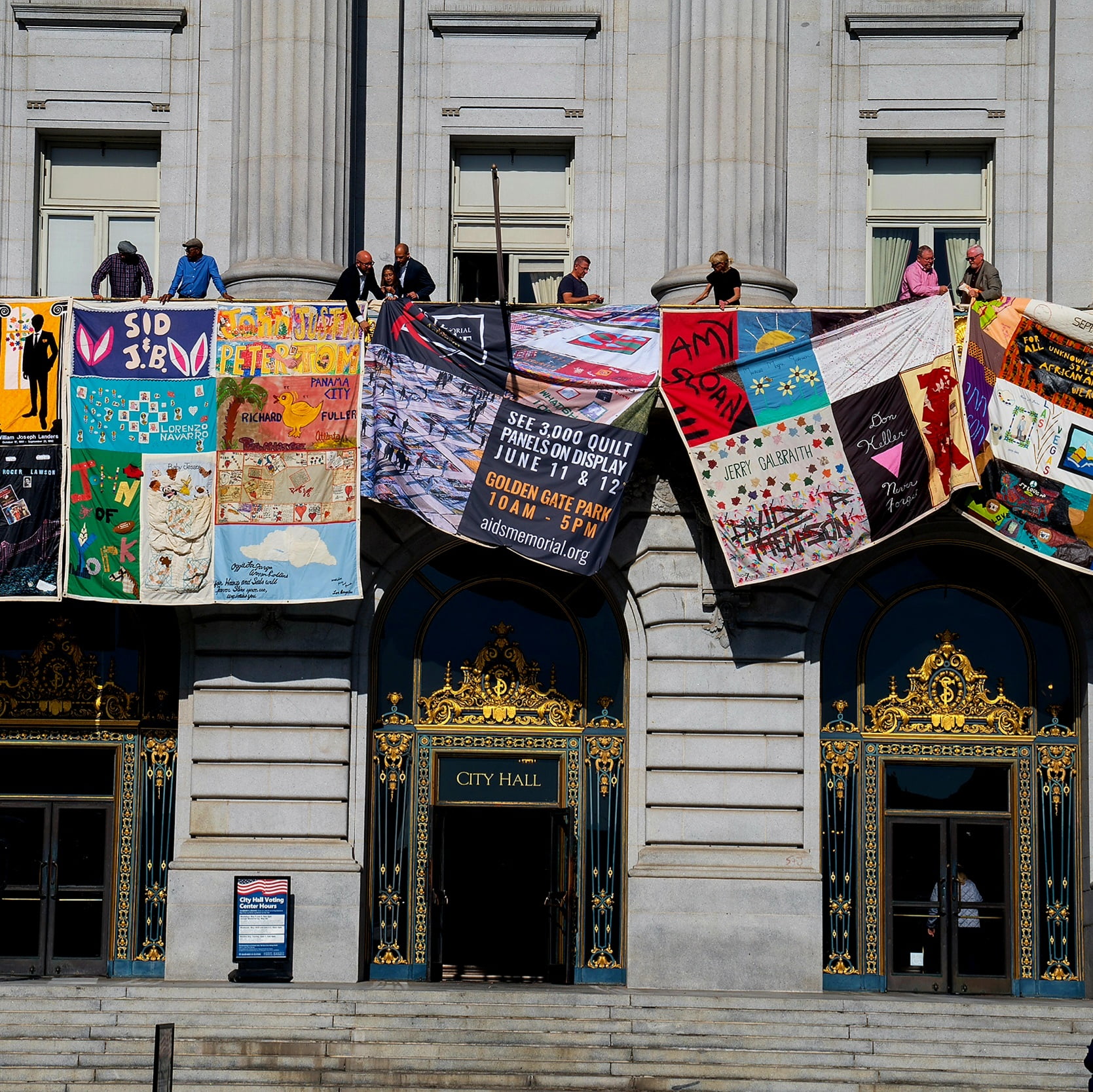
35 YEARS SINCE ITS FIRST PANELS WERE STITCHED, THE AIDS MEMORIAL QUILT REMAINS A POWERFUL TEACHING TOOL FOR HEALTH ACTION, REMEMBRANCE AND SOCIAL JUSTICE.
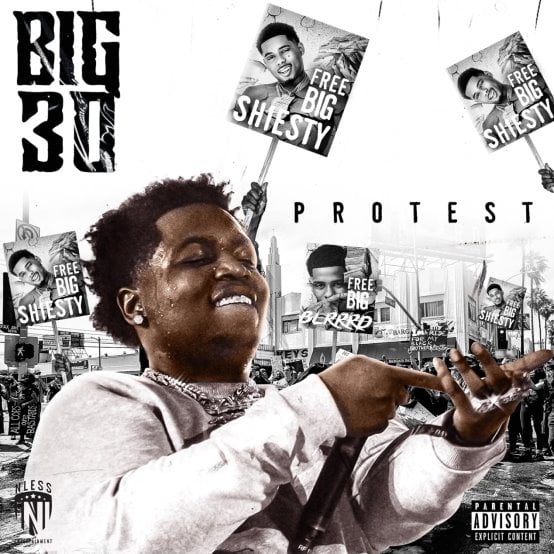
Fresh off the release of his explosive debut project, BIG30 released his first new music this year with hard-hitting: “Protest”. The track is a dynamic blend of technical skill and steely intensity, mixing percussive flows and 30’s vivid recollections of life. The track, which pays tribute to Pooh Shiesty, 30’s friend and frequent collaborator, comes […]
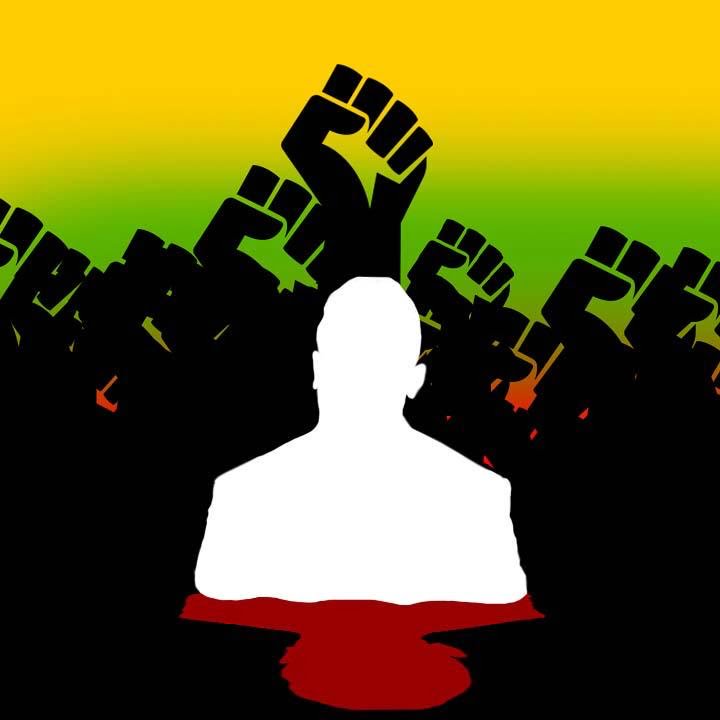
By: McKinley Franklin After 24 hours of deliberations, Kyle Rittenhouse has been found not guilty on all charges. Read more about the case and Rittenhouse’s shooting on the night of August 25, 2020 at a Black Lives Matter protest HERE. Let’s analyze the trial and how the jury came to their decision. The Rittenhouse trial […]
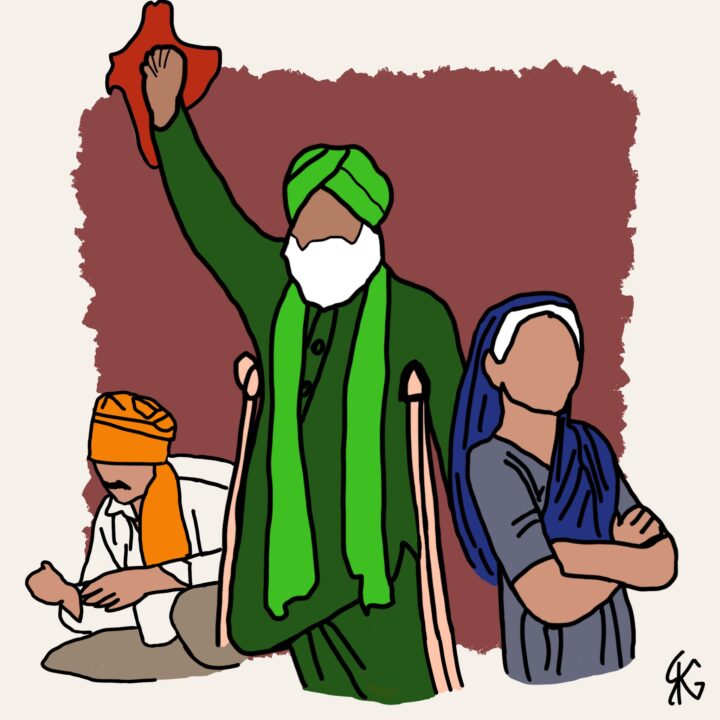
By: Rumnik K Ghuman Exactly a year ago, Narendra Modi’s government with little public or parliamentary debate, passed three farmer bills. According to them, these bills are a gift to the farmers, but in reality, the bills are a gift for the rich agribusinesses in India. The majority of the population in Punjab, Haryana, and […]
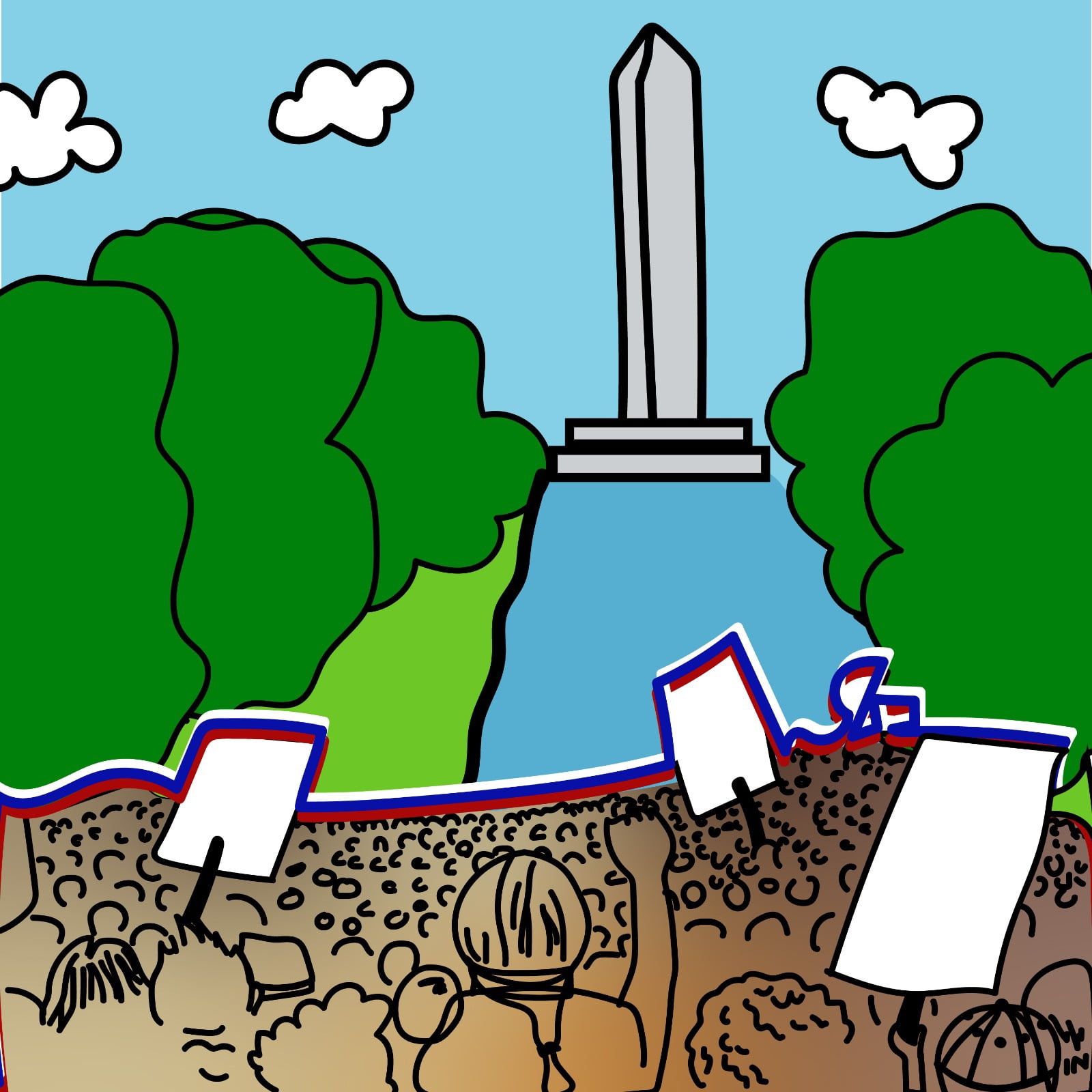
The organizers for the March On For Voting Rights announced legendary R&B singer and radio host Al B. Sure! and national radio host and activist Joe Madison will serve as co-MC’s for the August 28 event in Washington, DC. The two hosts will lead a day-long march through Washington, DC and the speaker’s program which […]
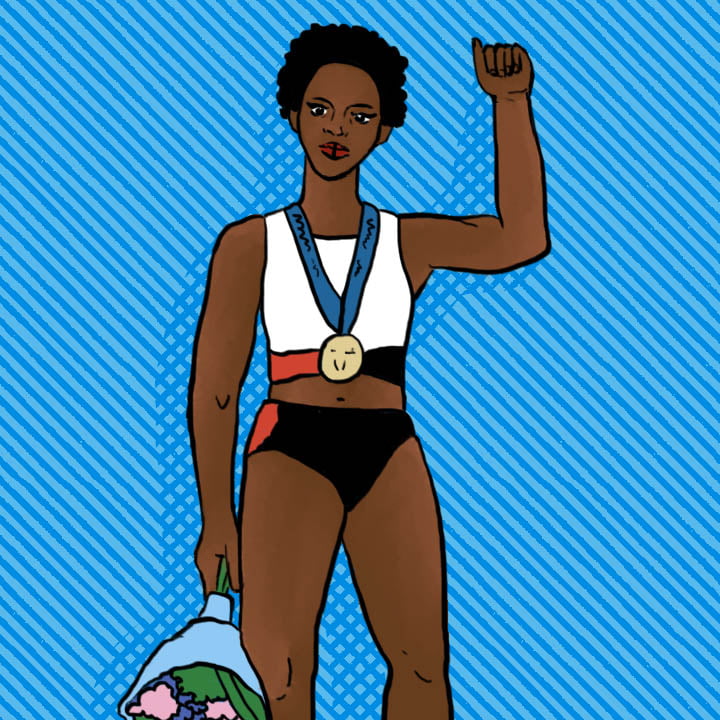
By: Clara Guthrie On Saturday June 26, hammer thrower Gwen Berry turned her back on the American flag while the national anthem played as she stood on the podium during the track and field Olympic trials in Eugene, Oregon, saying she felt “set-up” by the timing of the song. Berry had just placed third in […]
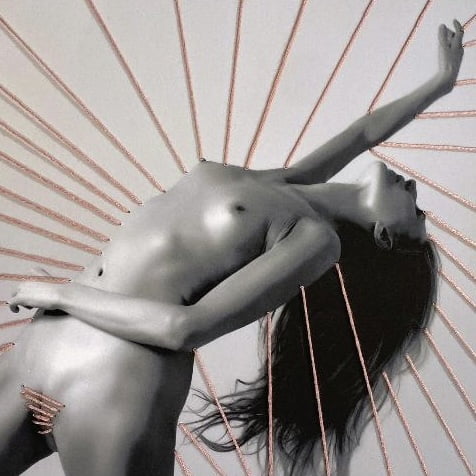
A Group Show Curated by Indira Cesarine OPENING RECEPTION: April 17, 2021 VIP Preview 1pm – 3pm // Opening Reception 3pm – 8pm EXHIBITION ON VIEW: April 17 – May 28, 2021 45 Lispenard Street, NYC 10013 The Untitled Space is pleased to present “UNRAVELED: Confronting The Fabric of Fiber Art” group show opening on April 17 and on […]
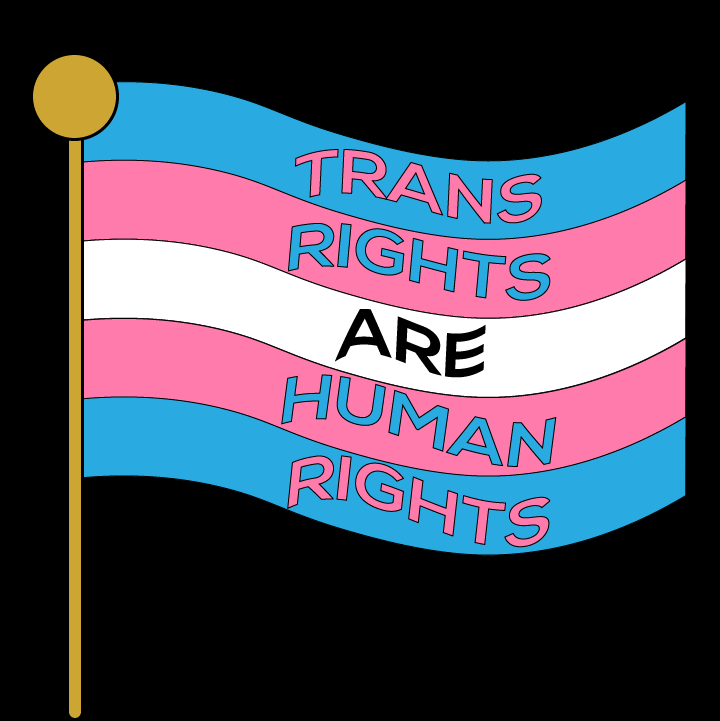
South Dakota Gov. Noem Exposes Vulnerabilities for All States Considering Anti-Trans Sports Bills On Friday, March 19th, South Dakota Governor Kristi Noem issued a style-and-form veto of HB 1217, the anti-transgender sports ban bill that she had previously expressed excitement about signing. Having made several substantive changes to the legislation, including striking collegiate-level provisions from […]